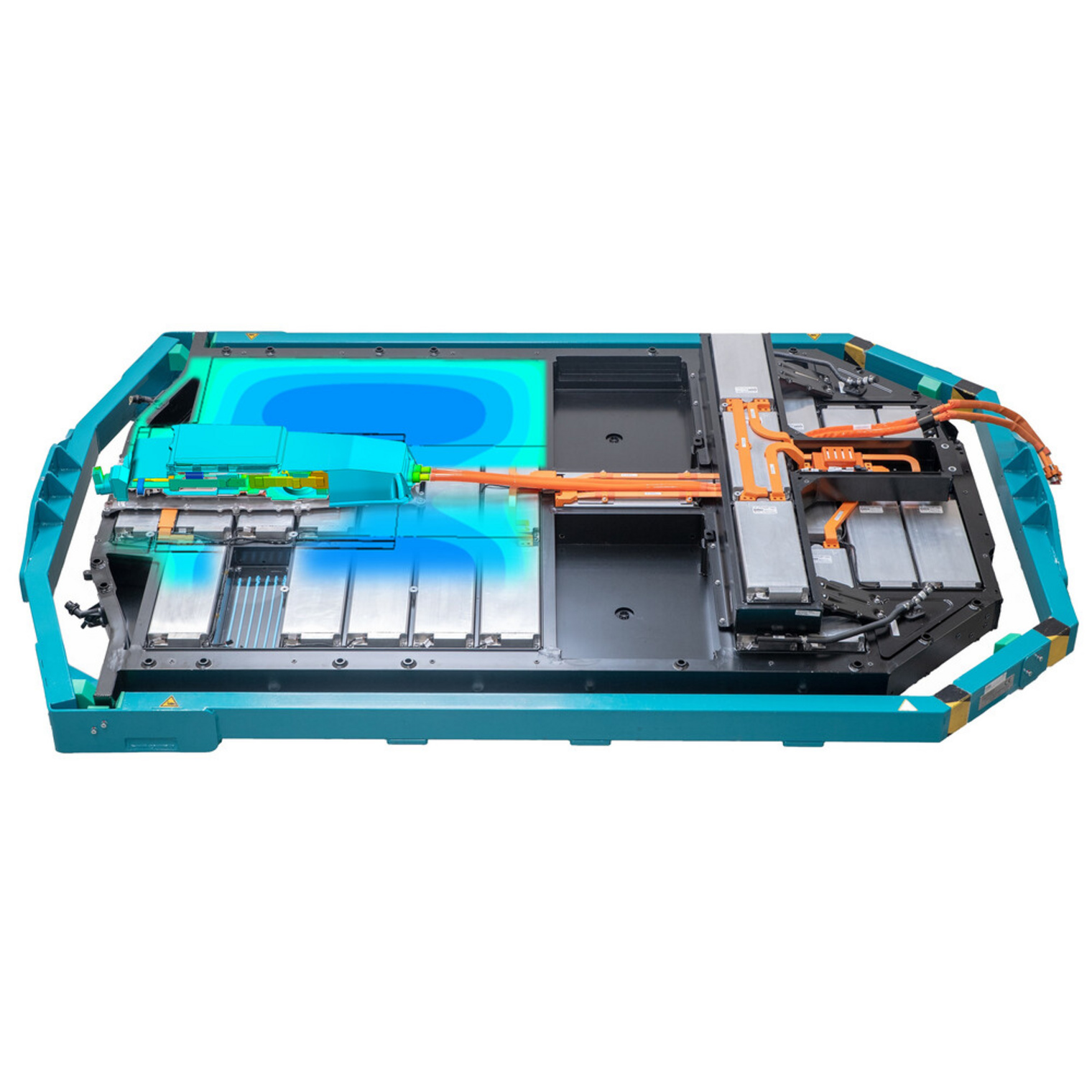Temperature control of Batteries
The number of electrically-powered vehicles on the roads across the globe is increasing. Changing from an internal combustion engine vehicle to an E-car should be as easy as possible for anyone who decides to do so. It requires long ranges, fast charging and powerful performance as well as long service life. In order to fulfill these requirements effectively, correct temperature control of the high-voltage batteries is essential.
Great diversity
And that‘s easier said than done. The wide variety of drive types and the lack of a battery cell standard results in a great diversity of cooling systems. Thus, effective thermal management plays an even more significant role in E-mobility.
Impact on the energy footprint
The fundamental theorem of thermodynamics also applies to the thermal behavior of batteries: The sum of all energies in a closed system is constant. In addition to self-heating, the environment and the transport of energy to a heat sink have an influence on the energy balance of batteries. Special attention must be paid to temperature differences between the coldest and warmest cell. Even minor differences in the internal resistance can cause various distributions of electricity, depending on the interconnection and the cell type. This in turn affects the cyclical aging of the battery cells that is based on usage, and with that, the service life of the battery.
Types of battery cooling
Batteries can be cooled in various ways. There are active and passive cooling systems that depend on the battery type. With the latter, the cells are cooled only by heat conduction, radiation or natural convection. In purely electric vehicles, stationary cooling of six to eight kilowatts must be assumed for the sporty driving mode. Simple passive cooling is generally not sufficient for this purpose. Active cooling, on the other hand, relies on forced convection, in which the heat energy produced is transferred to a heat sink via a medium. Solutions that work with coolants and a heat exchanger are particularly powerful and are therefore frequently used for the temperature control of high-voltage storage tanks.
Coolant considerations
When choosing the ideal coolant, there are numerous advantages and disadvantages that have to be considered. Directly cooled systems currently have the best cooling power but also need larger quantities of coolant than indirectly cooled ones. Systems cooled by refrigerants, on the other hand, can attain lower temperatures. However, in that case, the cell can‘t be heated by the medium. Moreover, things like weight, crash requirements, installation space and adaption to each cell type are an issue.
Simultaneous Engineering
All in all, it is important to analyze not only the battery, but all the heat sources in the vehicle. This holistic approach also includes parts like high-voltage switchboxes or cables and connectors. It is worthwhile here to evaluate permanent, dynamic loads and simulate them beforehand. Simultaneous Engineering can increase efficiency in vehicle projects, as that will help to avoid unnecessary change loops.
